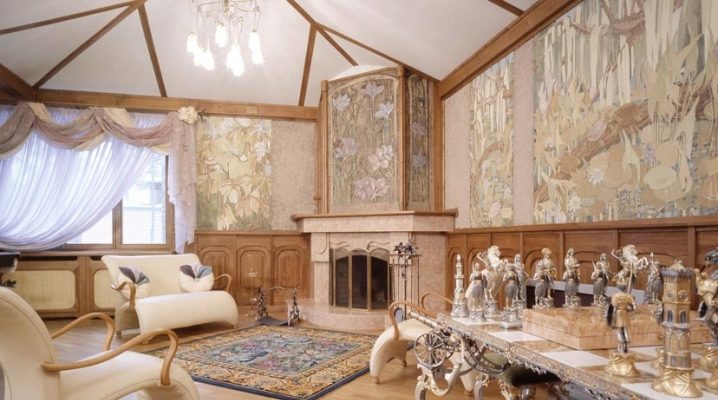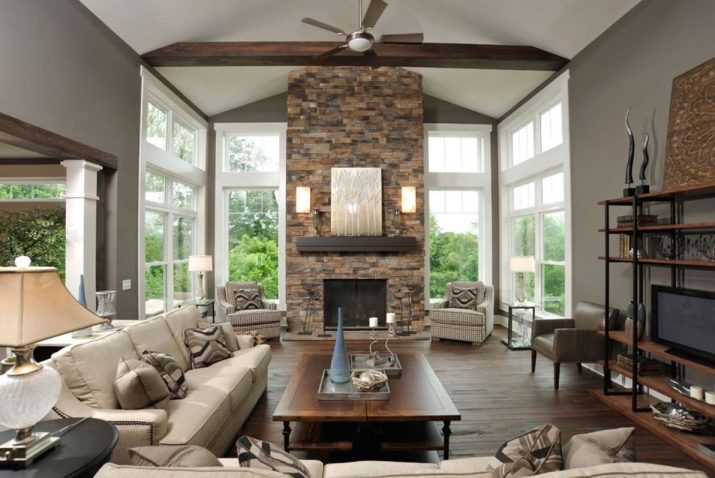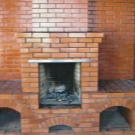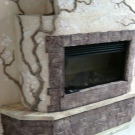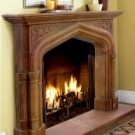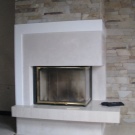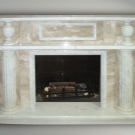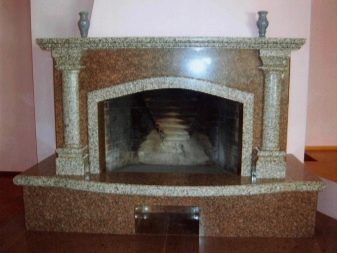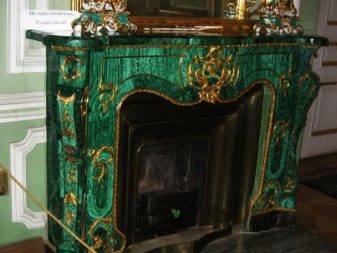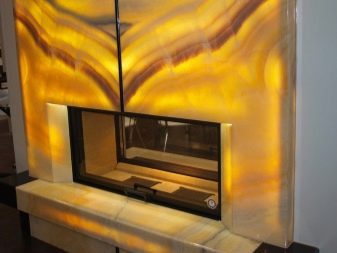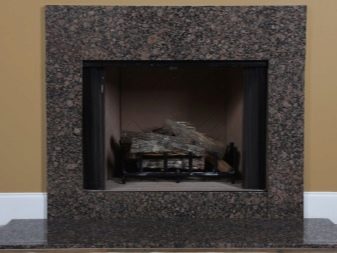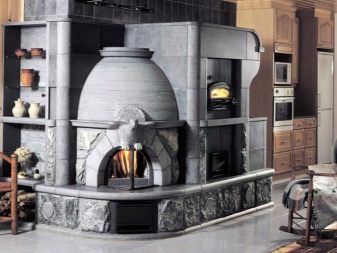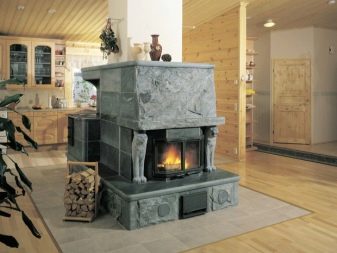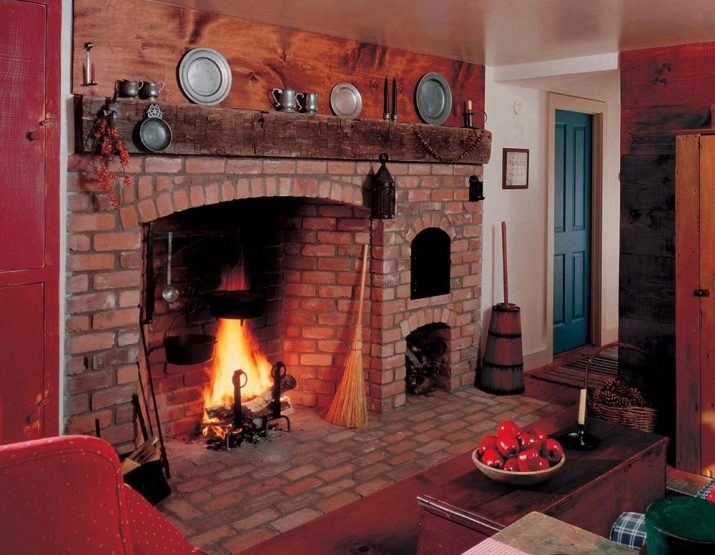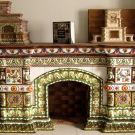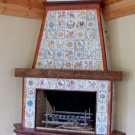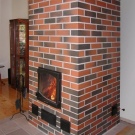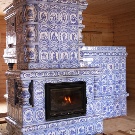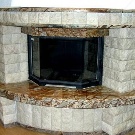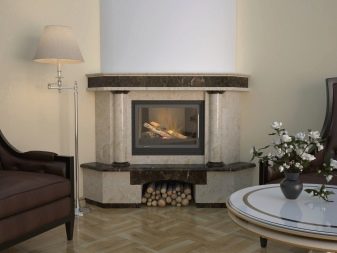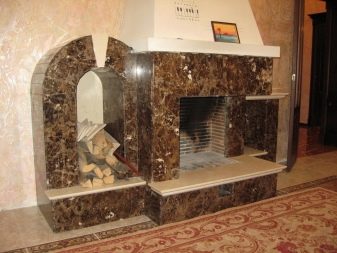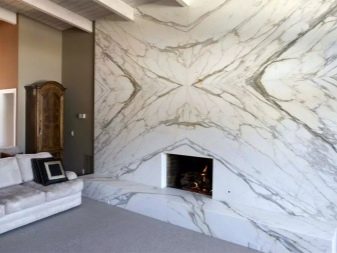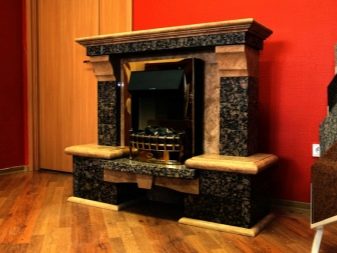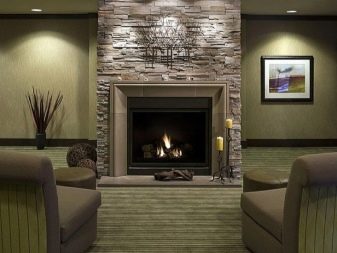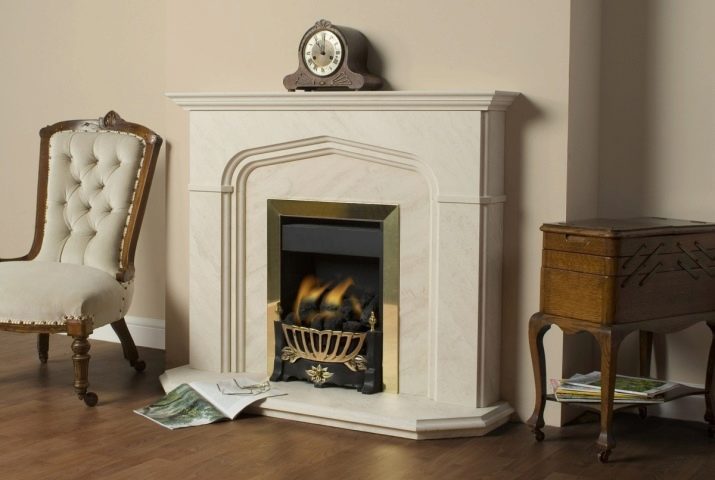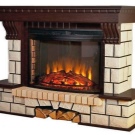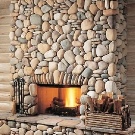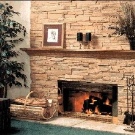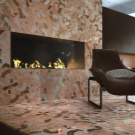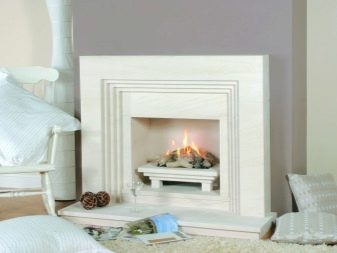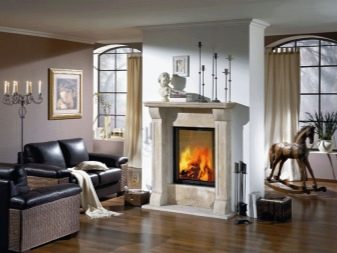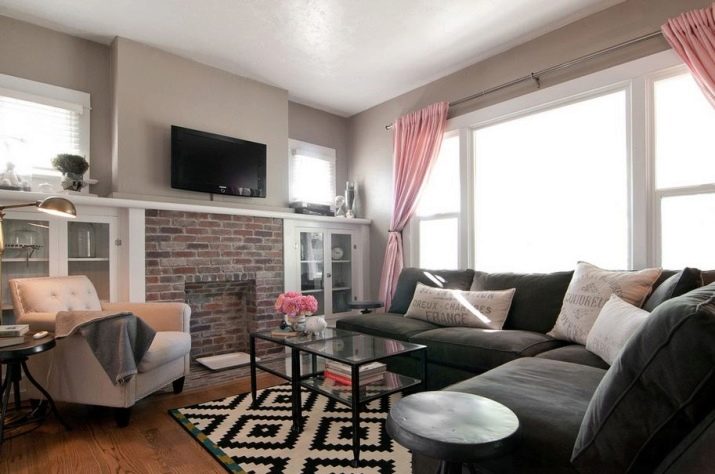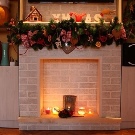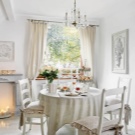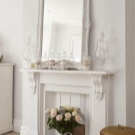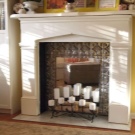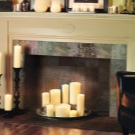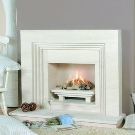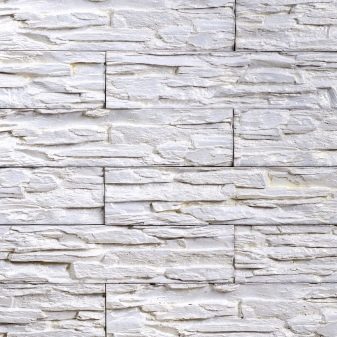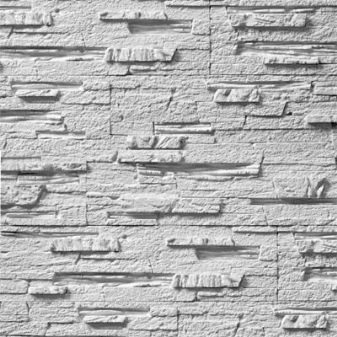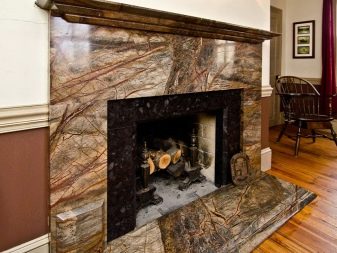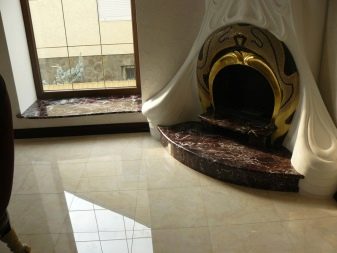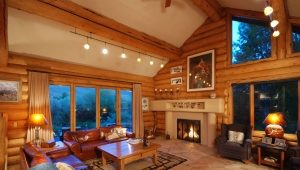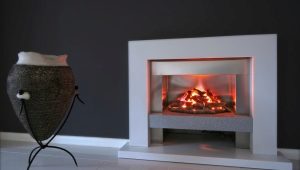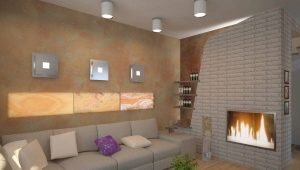Stone fireplace
Types of finishes
If the fireplace is laid out of brick with a neat brickwork, it can be simply covered with heat-resistant varnish, painted or plaster. However, designers are advised to go a more complicated way and use natural or artificial stone, ceramic tiles or decorate some elements of the fireplace with wood to decorate the fireplace.
Decorating the facade of the fireplace with natural stone - perhaps the most popular type of decoration. Natural stone is beautiful, very durable, heat-resistant, non-toxic, can take a variety of forms.
The strongest and most expensive stone among natural minerals is granite. Its cost is very high due to the difficulty of its extraction and processing. His closest competitor is marble. It is not inferior to granite in beauty, but a little less durable. In museums and palaces you can find fireplaces decorated with malachite. In duet with bronze and gilding, malachite lends not only the fireplace, but also the whole room a certain pompousness and solemnity.
When finishing the fireplace with onyx, you will receive not only the aesthetic pleasure from the contemplation of its unique pattern, but also its healing effect on your body. Even if you do not complain about health, this stone is able to improve overall health, improve performance and improve blood circulation in the body.
As an alternative to expensive minerals, manufacturers offer a closer look at talcomagnesite. It is also a natural stone, consisting mainly of talc and magnesite with small admixtures of chloride and magnetite. It is very appreciated for its high strength, ease of processing and high thermal conductivity.
Selection features
If for fireplaces most often stone is used - both natural and artificial, then the furnace is usually trimmed with tiles, heat-resistant tiles or facing bricks - do not confuse it with construction. It does not possess refractory qualities and serves as a decorative element. The color of the facing bricks should be saturated, and the laying should be flawless.
As you know, all natural minerals are particularly durable. They are not afraid of either high temperatures or humidity, or even time itself.However, they have one major drawback - their great weight. And if we are talking about finishing a fireplace on a certain floor, then this flaw becomes a problem.
And here it will be more reasonable to make a choice in favor of an artificial stone. It is a mixture of concrete with various fillers and dyes. It is the fillers that are responsible for the relatively low weight of the material. The most popular fillers are expanded clay and perlite. Also as an additional component in the artificial stone used ceramic chips, pumice, etc.
To give color to artificial stone use various pigments (dyes). Today, technologies make it possible to completely imitate artificial stone under natural minerals. In order to get a stable color, manufacturers use the technology of dyeing the whole mass. But sometimes there are options when only the surface of the stone is painted. Such staining is not durable and the product quickly loses its presentation.
Design
Since the construction of a real high-grade fireplace with a chimney box, with a firebox and other attributes is quite troublesome and expensive, besides, it is not always possible for technical reasons,it is often installed so-called false - fireplaces. They are divided into several subcategories.
- Full fireplace imitation. Inside the niche mounted electric or biofireplace.
Mirror tiles can be stuck on the back wall of the electric fireplace, and real logs can be put down for greater similarity. Some models are able to reproduce the crackle of a fire.
Biofireplaces are eco-friendly devices of a new generation - a live flame of a fire without smoke and soot. They can be installed on the floor near the wall, can be hung on the wall, and can be embedded in a niche.
And those, and other fireplaces often trim decorative concrete. This type of finish minimizes the risk of chipping and cracking on the product, and also gives complete freedom of imagination in terms of decor.
- Conditional imitations of chimney ensembles. This is a portal that protrudes some distance from the main wall. The firebox itself is relatively small - about 20 cm. An electric heater or some kind of interior item can be located inside. Decorated from the inside with lighting, such a fireplace will decorate the interior just as well as the present.
- Symbolic imitations or false - fireplaces.This is just an image or decorative element resembling a fireplace. It is rather a symbol of a family hearth, but not at all.
Gypsum stone can also be used as an artificial stone. Its weight, as well as its cost, is small compared to natural minerals. However, its peculiarity is that all the parts do not have a perfectly even shape and all of them have some roughness and unevenness that must be ground before laying in order for the finished composition to look like a single whole.
Technical deviations
All types of this material can be divided into three main types, which differ in composition, appearance, and applications:
- Porcelain tiles. It consists of several grades of clay. It also contains a certain amount of mineral additives, feldspar and dyes. Porcelain tile is resistant to high temperature and other influences, but it is rather hard to process and almost cannot be restored if the need arises. If small cracks and chips can still be camouflaged with stone chips, then serious damage is almost impossible to fix.
- Agglomerates. These are materials based on polyester resins with the addition of quartz sand, stone chips from marble, granite and other rocks. Their composition also contains coloring pigments, thanks to which it is possible to imitate the finishing of fireplaces with marble, malachite, jasper, granite, slate stone and other rocks. Agglomerates are often used for cladding facades of walls, including for decorating fireplaces.
- Stone based on concrete. This is one of the most popular types of finishes. The composition of this material is quite simple: cement, sand, the same stone crumb as in other types of artificial stone and the same coloring pigments. It is widely used not only for interior decorating, but also for exterior cladding of buildings.
Since an artificial stone is the result of technical progress, it also has certain characteristics and standards imposed on the composition of the product, which are used to judge its quality and professional suitability. And there are always deviations from any norms and standards. The same is the case with artificial stone - despite the fact that there are common components in their composition and their proportions are approved by different standards,there are natural technical deviations from these standards that affect the quality of the manufactured product in particular and the final result of the finish as a whole.
